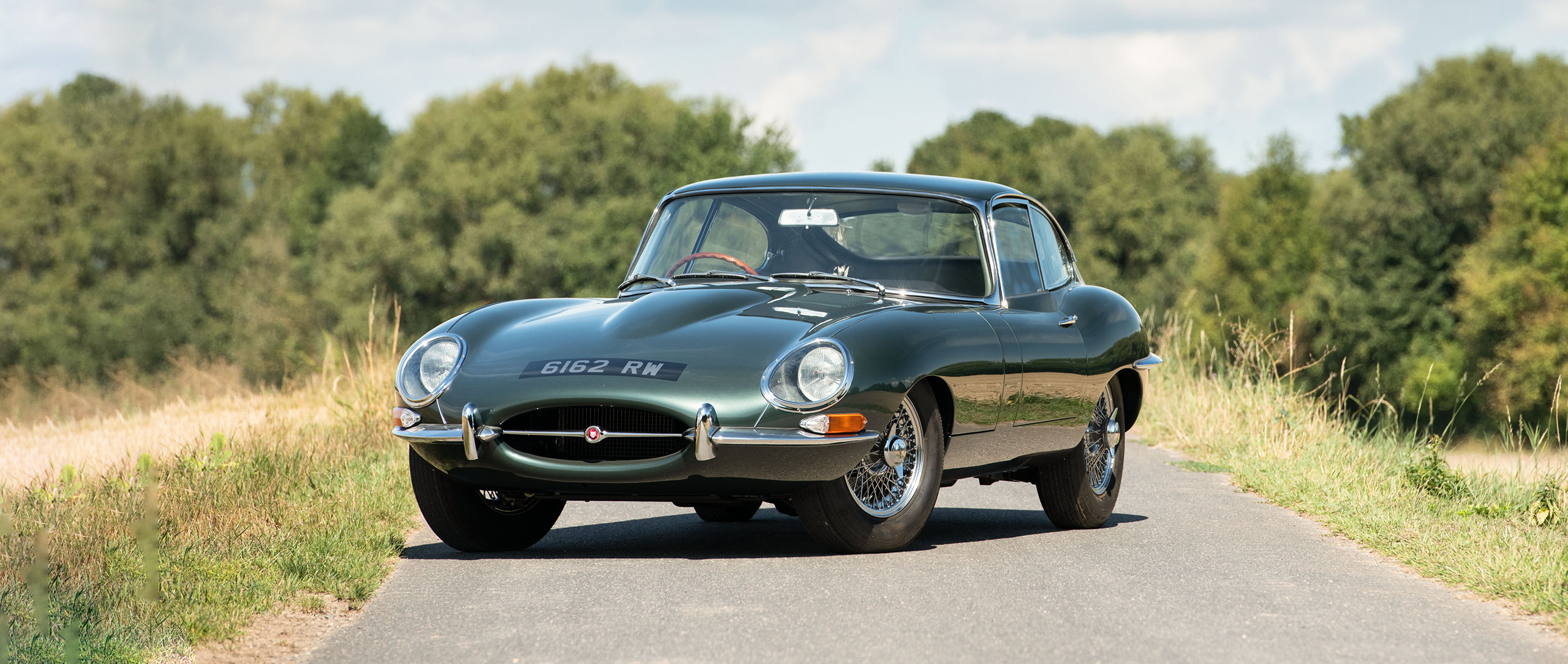Red line risks
13 November 2020 2 min read 4 images

This auction, for those who are truly interested in the world of Classic cars, can teach us many things. In my work, the analysis of each auction starts long before the magic happens. I study the main parameters well in advance, such as the value of the cars on offer (compared with previous years), the most interesting cars, the cars with and those without reserve with particular attention to the estimates of the latter, and the delivery times of the cars to the auction house. This is a detail hidden in the “legal terms” that clearly illustrates, if those times are protracted, that the experts were unable to assemble a decent selection of cars. In the case of this auction, delivery times arrived at almost a month. There is little need for further comment.
Register to unlock this article
Signing up is free and gives you access to hundreds of articles and additional benefits. See what’s included in your free membership. See what's included in your free membership.
Already have an account? Log In